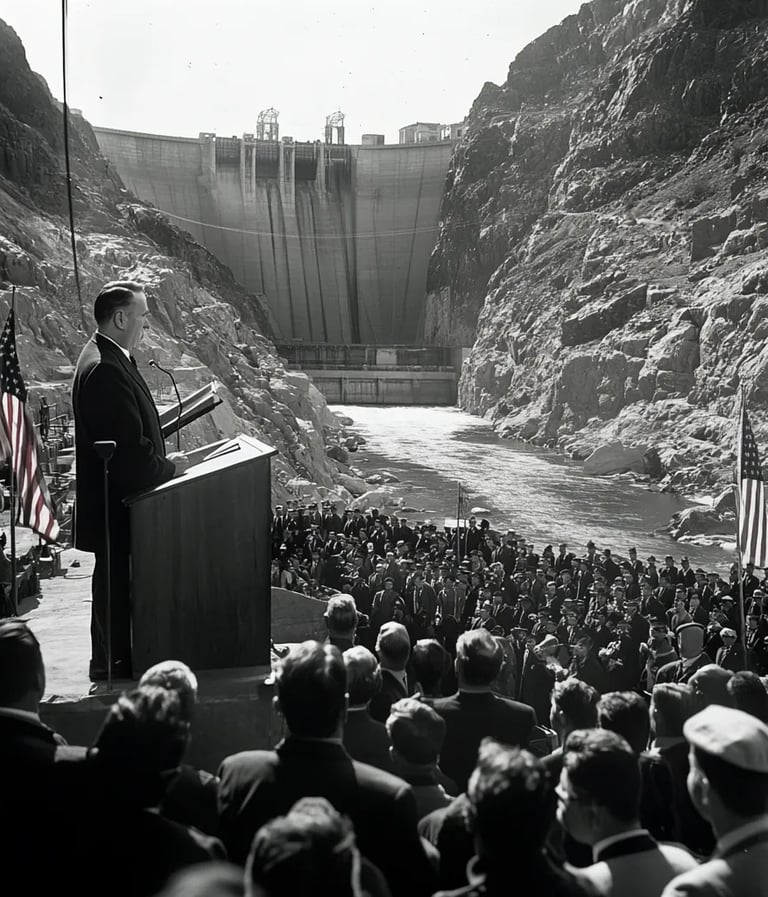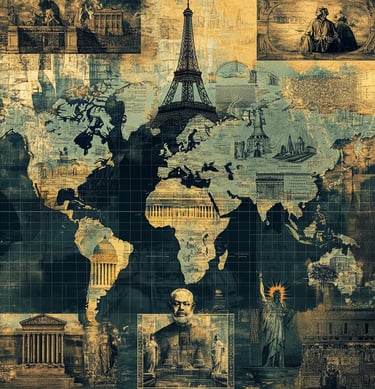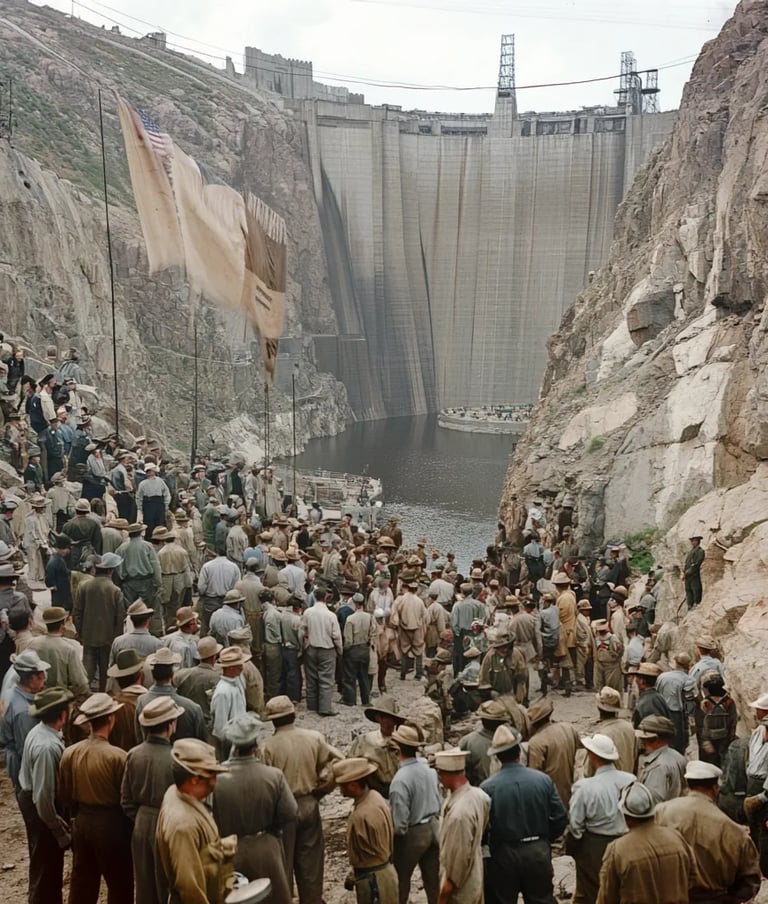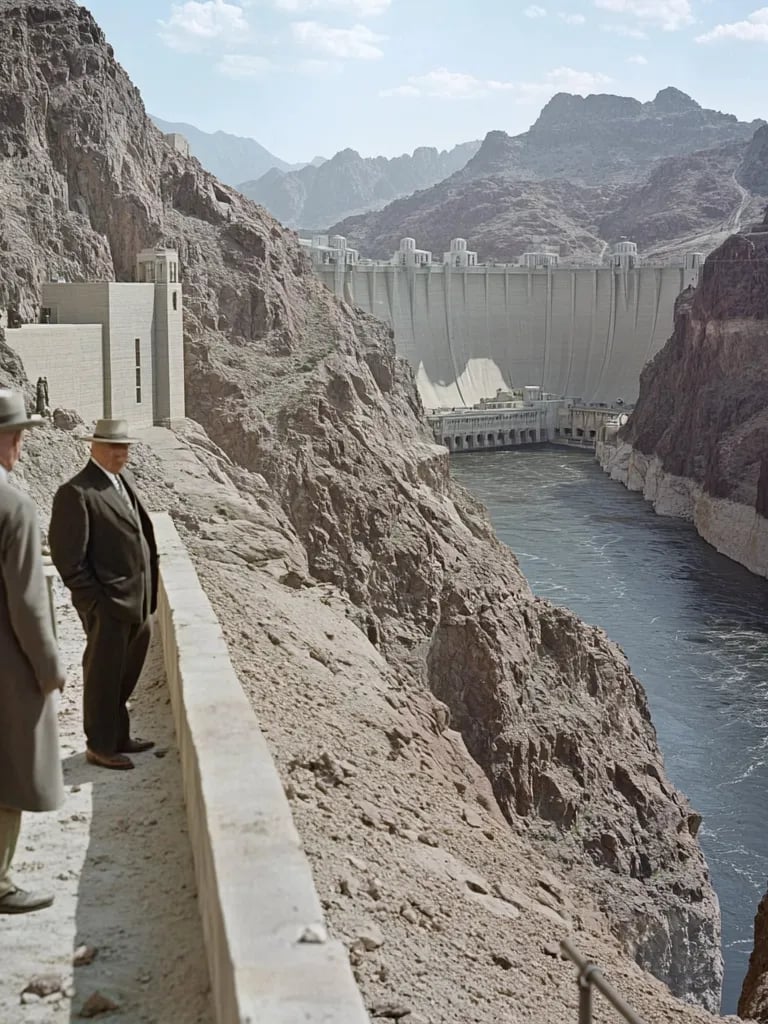On July 12th, 1109, Crusader forces finally seized the Mediterranean port city of Tripoli after a brutal seven-year siege. Its fall established the County of Tripoli—one of the four major Crusader states—and secured a vital coastal stronghold. Though celebrated in Europe as a triumph of faith, the conquest deepened divisions in the region and set the stage for even bloodier confrontations between Muslim and Christian forces.
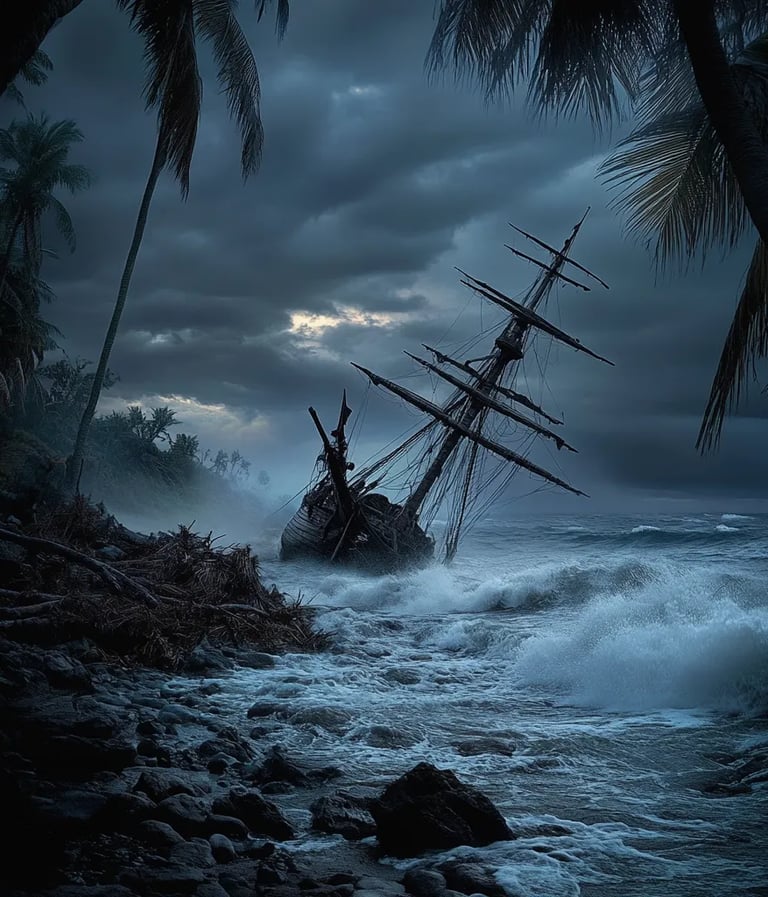

1109 – Siege by the Sea: Crusaders Capture Tripoli


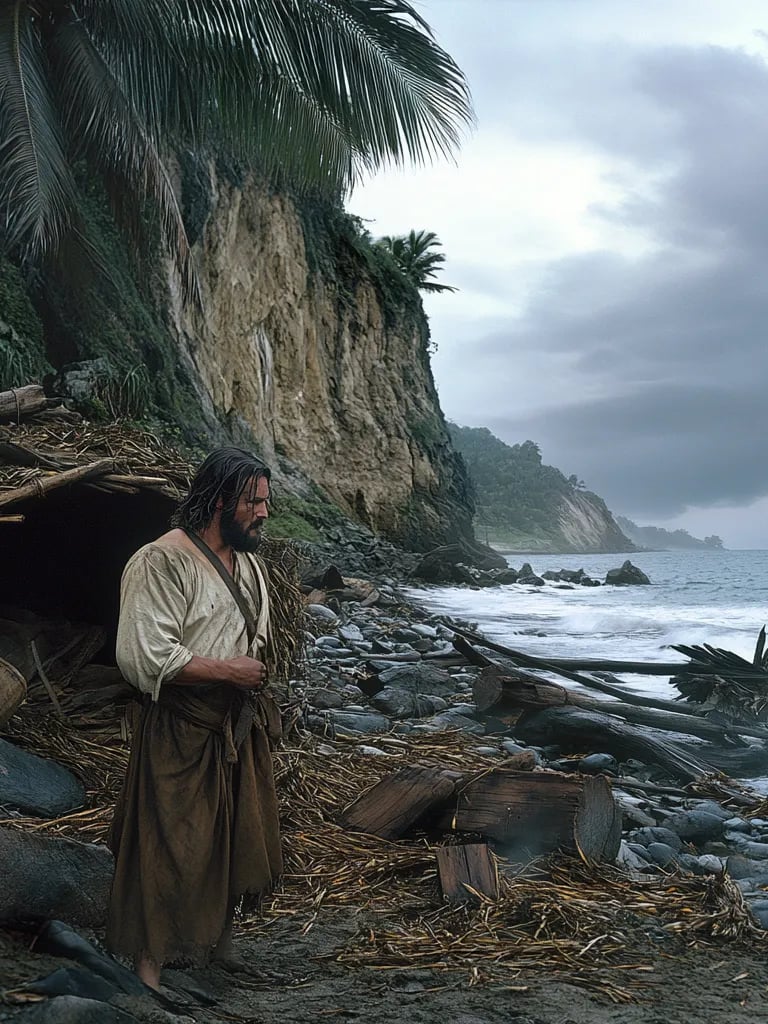

In 1630, the Dutch governor of New Amsterdam purchased Gull Island from local Indigenous people, renaming it Oyster Island for its shellfish-rich waters. Centuries later, it would become known as Ellis Island—the famed entry point for millions of immigrants seeking a new life in America. The island’s transformation reflects the shifting tides of colonial ambition, trade, and, eventually, the American dream in motion.
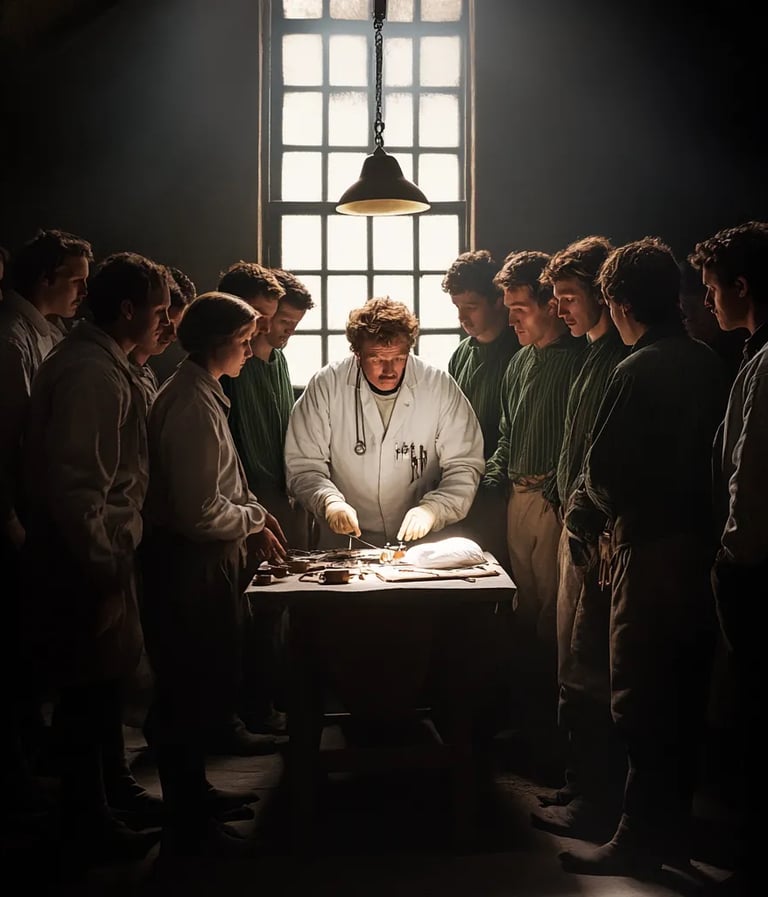

1630 – From Gull Island to Gateway: The Story Behind Ellis Island

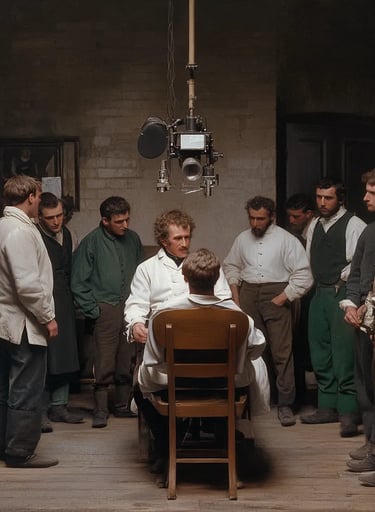
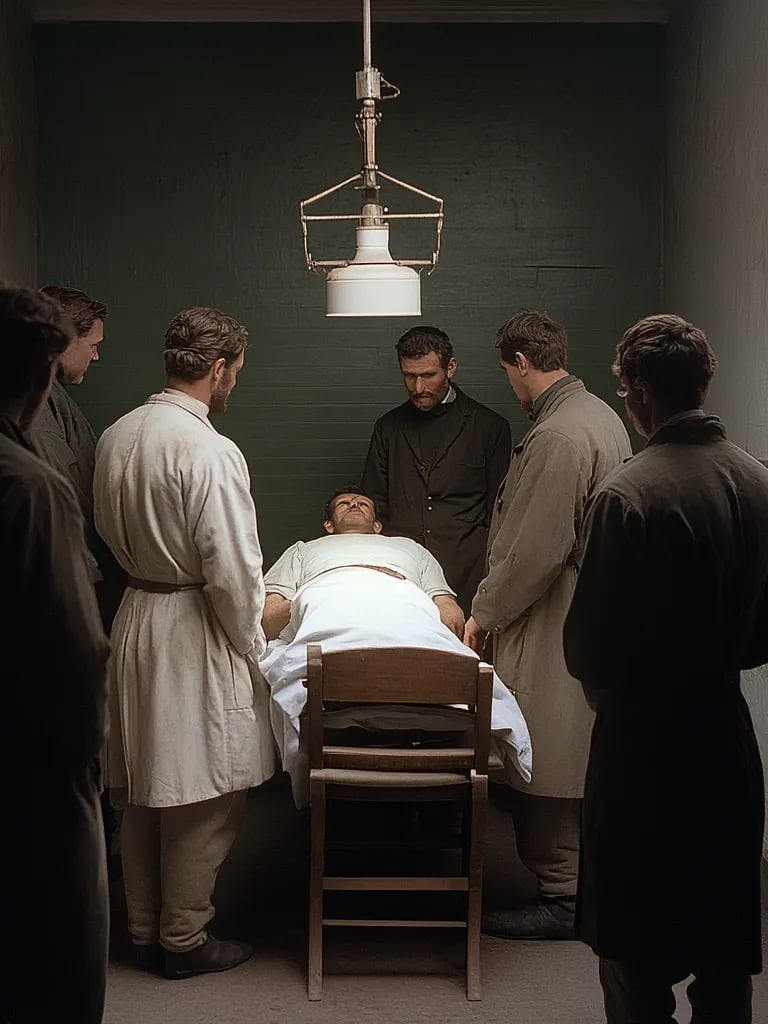

On July 12th, 1804, Alexander Hamilton succumbed to injuries from a duel with Vice President Aaron Burr the day before. Their deadly encounter, fought near Weehawken, New Jersey, ended one of the most contentious rivalries in early American politics. Hamilton’s death silenced a founding visionary, while Burr’s reputation never recovered. The affair stunned the nation and helped accelerate the decline of dueling in American public life.
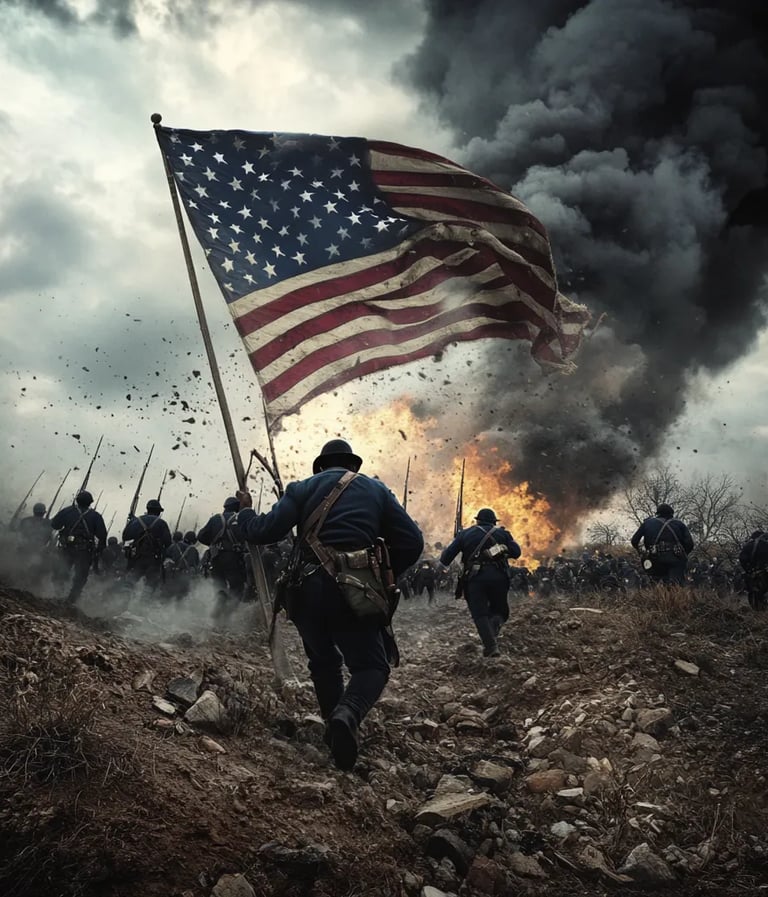

1804 – The Duel That Shaped a Nation: Hamilton’s Fatal Wound
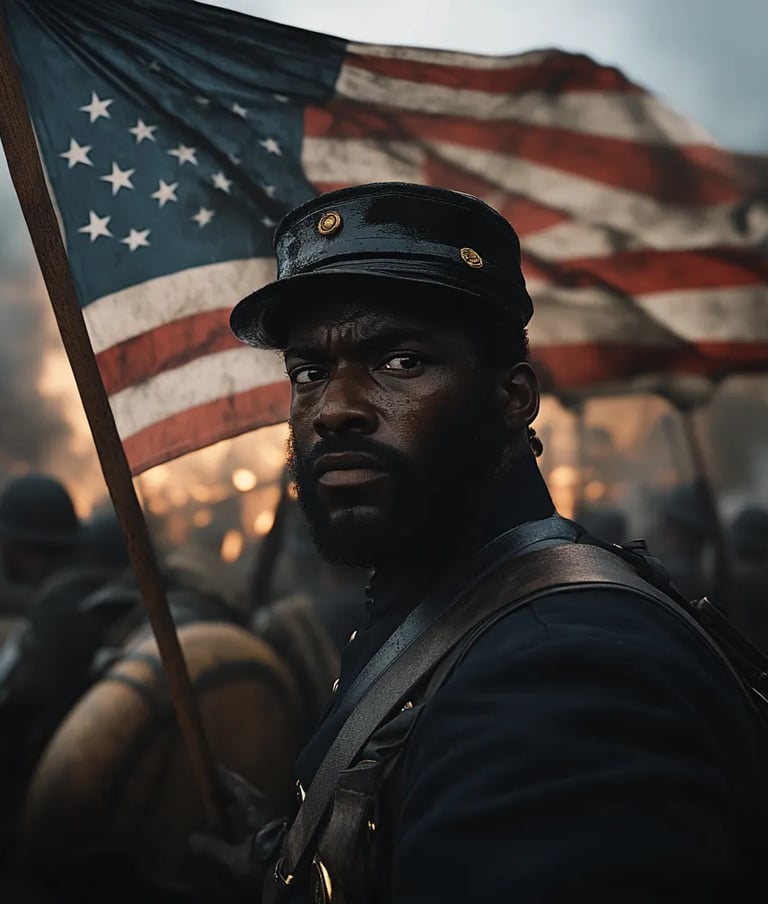

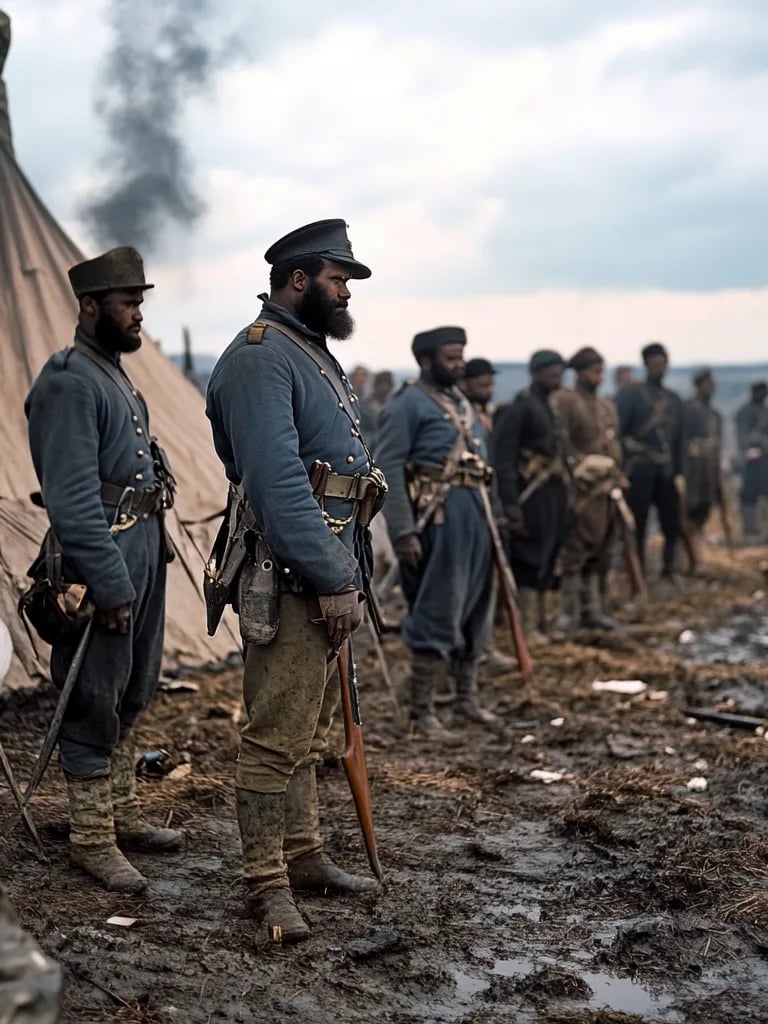

British colonial forces invaded the Waikato region of New Zealand on July 12th, 1863, targeting the stronghold of the Māori King Movement. It marked a new and aggressive phase in the New Zealand Wars. Seeking to crush indigenous resistance and seize fertile land, the campaign triggered bloody confrontations and deepened Māori grievances. The invasion reshaped New Zealand’s political future and left wounds still felt today.
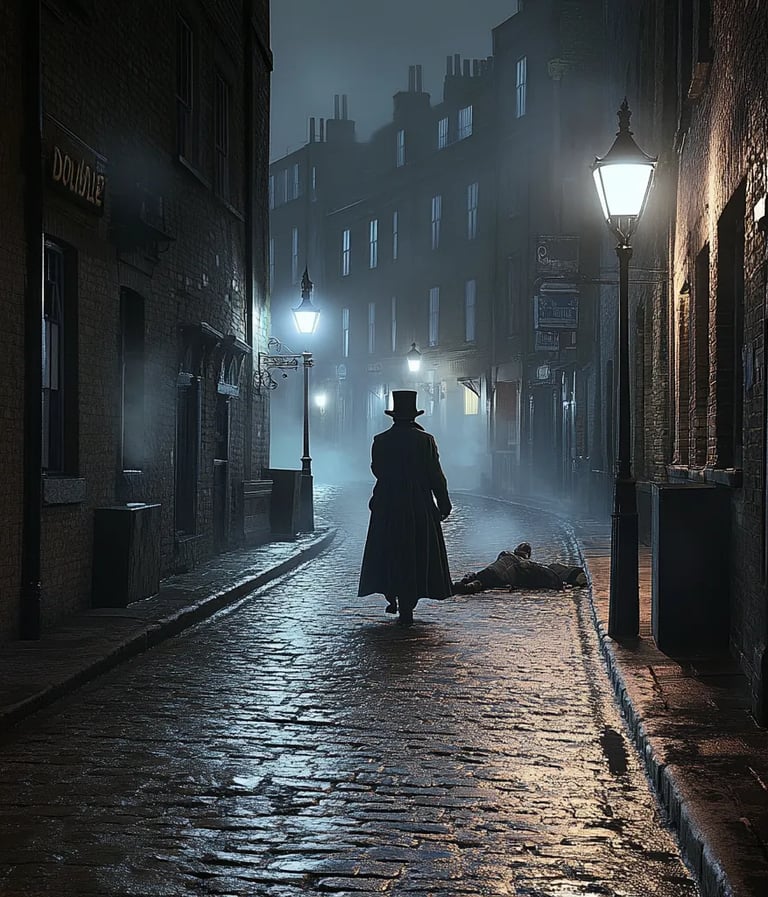

1863 – War in the Waikato: Britain Invades the Māori Heartland
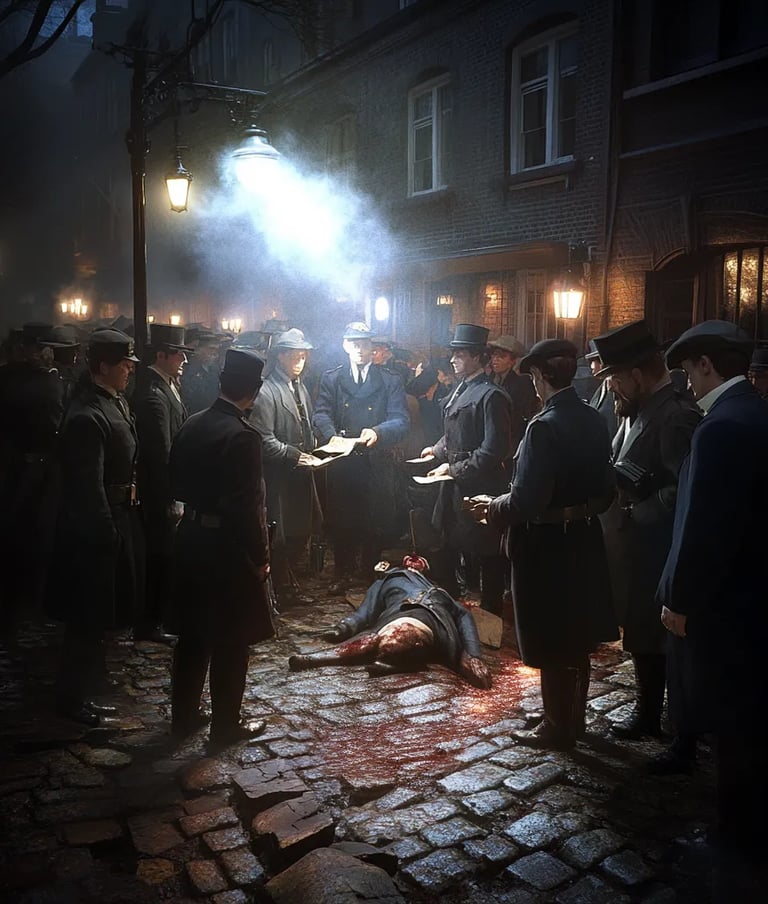

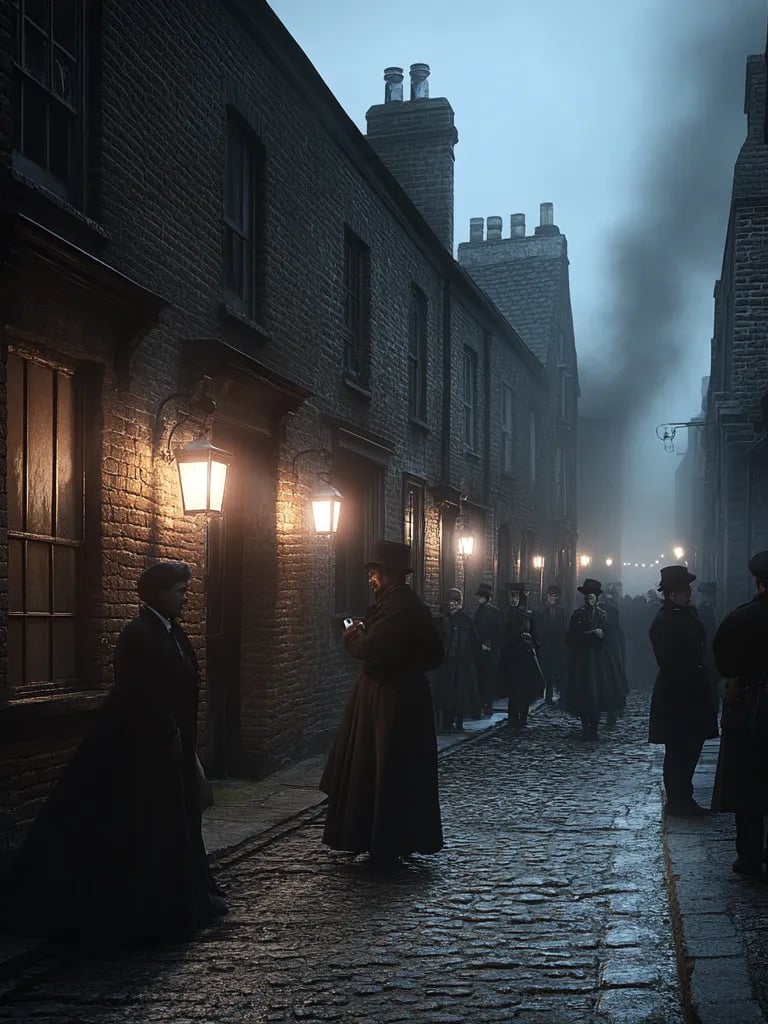

In the midst of the Great Depression, Congress passed the first U.S. minimum wage law on July 12th, 1933, setting pay at 33 cents per hour. The move, part of Franklin D. Roosevelt’s New Deal, aimed to protect workers from exploitation and stabilize an economy in freefall. Though controversial at the time, it laid the foundation for modern labor standards and changed the American workplace forever.
